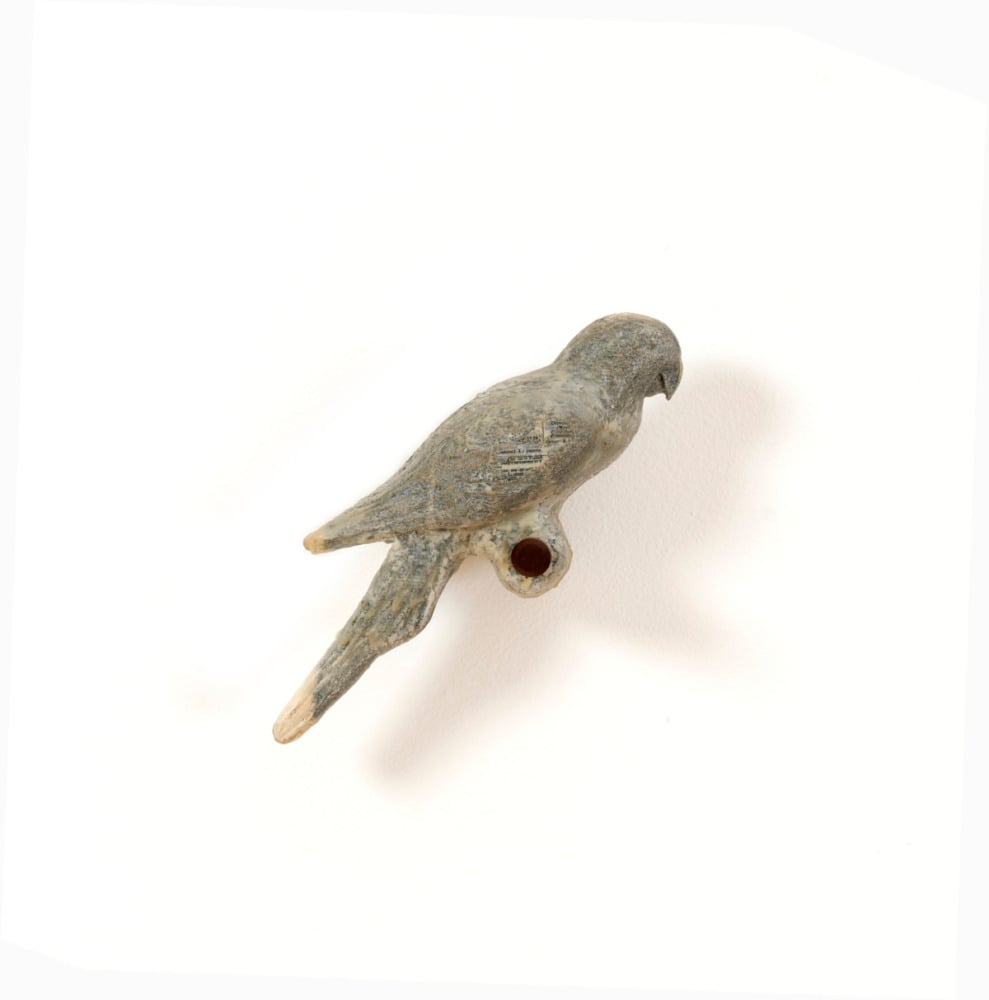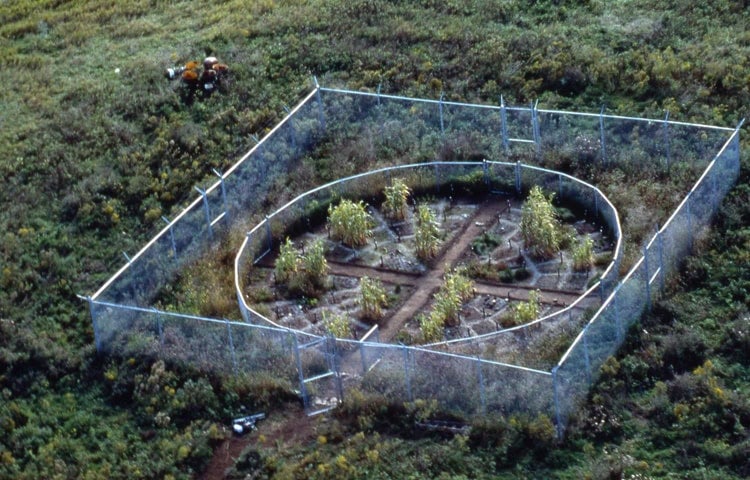Expressing an innate urge and desire to make things with his hands, Houston-born conceptual artist Mel Chin investigates the transformation of time through long-term projects in a range of mediums. Graduating from Peabody College in Nashville, Tennessee with his Bachelor of Arts, Chin’s ability to world build and repurpose what may otherwise be seen as futile lies in these imaginative, collaborative projects that are larger than life in subject matter and artistic execution. Science is interwoven in the projects the artist has completed or is continuously investigating, demonstrating that art can be a tool for rejuvenation.
Through the S.P.A.W.N., S.P.O.R.E., S.W.I.N.G (2001) series, Chin considers city destruction through the lens of urban ecology and architectural reclamation. Chin repurposed Detroit buildings in the form of worm farms, which benefited the community by providing locally cultivated worms to a nearby fishing market.
One of the first presentations of the artist’s work is See/Saw: The Earthwork (1976), in which Hermann Park in Houston was manipulated by Chin to create minimalist, kinetic land art in the form of underground hydraulic devices. Inspired by the childhood pastime, a playground seesaw, Chin created devices that then allowed participants to shift large sections of the park with their body weight. This work was the start of the artist’s public-facing practice that invited a viewer to think about their own agency and ability to enact change.
This film is part of Burnaway’s partnership with Art21, an organization that produces award-winning documentary films about the world’s most groundbreaking contemporary artists. The collaboration intends to deepen an understanding of visual art that hails from the South today.
Related Content

UNWORDED BIRD, DON’T COME NEAR MY WINDOW
I heard the bird before I saw the word—the chirping from conceptual artist Mel Chin’s Never Forever: The Cabinets of Conuropsis, around the corner of the room. But then I saw The Bird Is the Word (North Carolina Variation) also by Chin—a pearly-beige fowl against a white wall, at an unobtrusive scale, and oneiric—the lone part of a binary. The word “papyrus” creeps out from between its wax-adhered Webster’s pages, chiseled away by the artist to render its shape. Chin then wrote an accompanying and poetic text above the sculpture, as a kind of textual mirror. In Chin’s beginning though was a black-and-white image from the illustrated dictionary, now bird-bodied; but really, in the beginning (if we can call it that) was the flying red, green, and yellow-crowned rush of the bird.

TAKE FIVE: ENVIRONMENTAL ARTISTS
Mel Chin, a 2019 MacArthur “genius” grant recipient, has been making art about the changing environment and our relationship to —and our destruction of—it for decades. Positioning his work in relation to disciplines including ecology, politics, and viral methodology, Mel Chin has used technological interfaces, dollar bills, and sculpture to illustrate the violence and delight within the natural world. For his SEA TO SEE installation at the Mint Museum in Charlotte, North Carolina, Chin animated oceanographic data of both the Pacific and Atlantic oceans, encouraging scientists working in the field of oceanography to contribute unique data to further explore the relationship between art, science, and environmental destruction.




